This is one in a series of posts on the Nikon Z6 and Z7. You should be able to find all the posts about that camera in the Category List on the right sidebar, below the Articles widget. There’s a drop-down menu there that you can use to get to all the posts in this series; just look for “Nikon Z6/7”.
There’s another E-mount lens that I’ve been wanting to use on my Z7, the Cosina-Voigtlander 65 mm f/2 Apo-Lanthar. I decided to do an informal test against the 50 mm f/1.8 Nikkor S native Z-mount lens. The focal lengths differ considerably, the Nikkor is an AF lens and the CV is manual, and the CV is a macro lens (that nevertheless does quite well at infinity), so you may want to take these results with a grain of salt, but I hope they are instructive. Previously, I’d done a similar test of the CV against the Zony 55, and the Zony didn’t come off looking great because of purple fringing.
Here’s the scene, wide open with both the CV and at f/2 for the Nikkor:
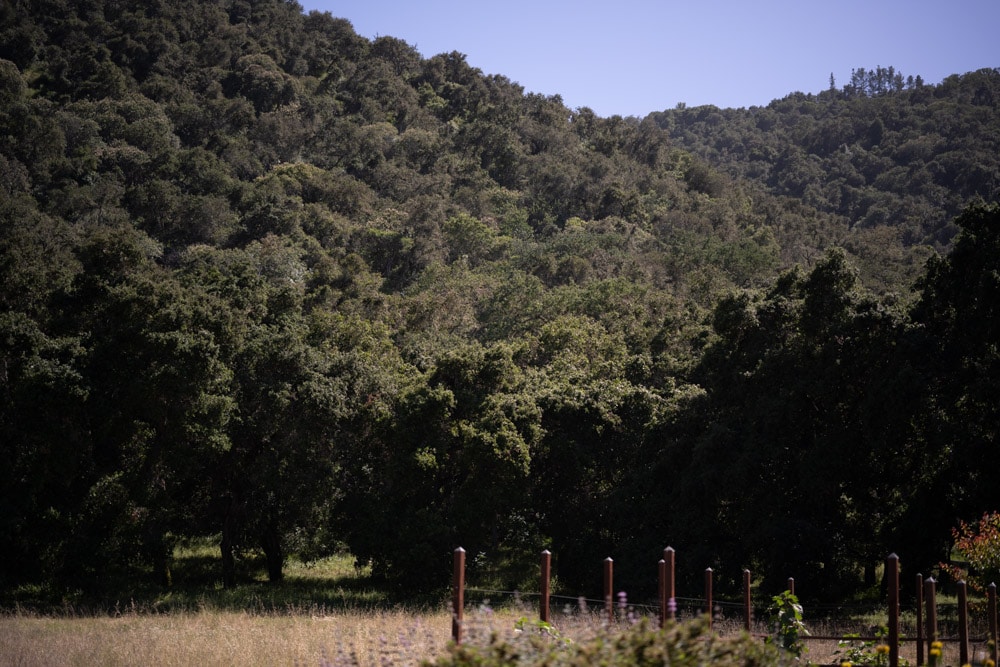
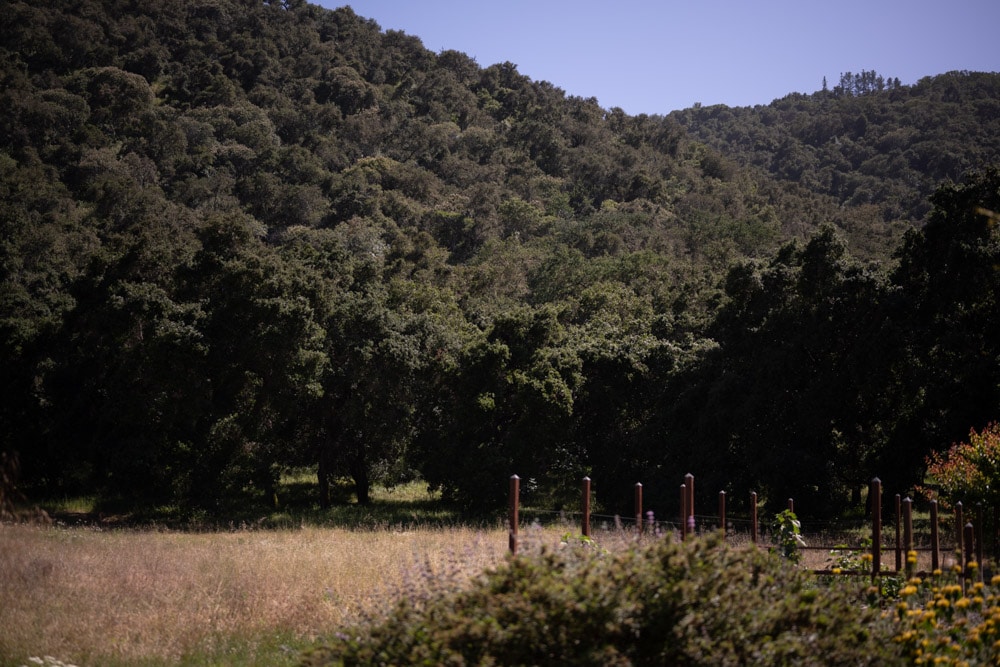
Making three shots for each variation and picking the sharpest, I exposed at base ISO of 64. For the Apo-Lanthar, I used manual focus, and refocused at each aperture down to f/4. The focus by wire is so bad on the Z7 that I found I could do better by using AF-S in pinpoint (CDAF) mode, so that’s what I did. Nikon really needs to fix that.
I developed the images in Lightroom, using the Adobe Color profile and Cloudy white balance for both. Even so, the colors are different. The default sharpening and noise reduction settings are different for the two cameras. I made them the same, and dialed back Adobe’s over-aggressive sharpening from 40 to 20 and the radius from 2 to 1. There are some hidden differences that I couldn’t make the same, like distortion correction. Lr won’t perform distortion correction on the CV when it’s attached to a Z7 with a dumb adapter.
Now we’ll look at some very tight crops of the upper-right corner. We’re not looking at the center because the performance of the two lenses is so similar there.
If you’ve seen these here before, just jump to the images. If not, I need to spend some time telling you how to interpret them. They’re at roughly 250% magnification, enlarged to 700 pixels high on export from Lightroom. If you just want a rough idea of the differences, just look at the images as displayed in-line in the posts. However, if you wish to compare these images in detail, you should view these images by clicking on them to see the source files, then set your browser for 100% zooming. Even better, download them and make Photoshop stacks.
No matter what you do, these crops are all going to look horrible. I’m blowing them up so much so that they will represent the original file after JPEG’s discrete cosine transform has had its way with them. If you want to get a good idea of what the images would look like printed, get far away from your monitor. No, farther than that. Put a bunch of the images up on the screen and back up until the best one starts to look good. Then look at the others. There’s another reason why these images won’t look like the best thing the camera/lens combination can deliver. They’re demosaiced with Lightroom. Lightroom is not awful, but for a particular image, there are usually better raw processors. I use Lr because it’s a de facto standard, because I know it well, and because it’s got good tools for dealing with groups of images.
Here’s how to use these highly-magnified crops. The dimensions of the Z7 sensor is 8256×5504 pixels. If we make a full-frame print from the Z7 on a printer with 360 pixels per inch native driver-level resolution, like the Epson inkjet printers, we’ll end up with a 23×15 inch (58×39 cm) print. The 317×246 pixel crop you’re looking at will end up 0.8×0.68 inches (2.12×1.74 cm). The Sony crops are 306×237 since it is a slightly lower-resolution sensor. Lightroom used to scale crops by picture height but seems to have stopped doing that. Let’s imagine that you or your viewers are critical, and will look at the 22×15 inch print from about 18 inches (conventional wisdom is that the distance would be a little greater than that, or 28 inches (the diagonal), but you did buy a high-resolution camera for a reason, didn’t you?).
The next step is dependent on your monitor pitch, which you may or may not know. Turns out, you don’t have to know it. Just take the 250% crops and view then at 1:1. How high are they? Get out your ruler and measure, or just guess. Let’s say they are 6 inches high. 6 inches is about 7 times 0.8, so in order to view the crops the way they’d look from 18 inches on the print is to view them from 7 times as far away, or 10.5 feet.
Everything here scales proportionately. If the image on your screen is bigger than 6 inches, increase your viewing distance by the ratio of your image height to 6 inches. If you think your viewers are going to almost get their nose to that print and look at it from six inches, divide that 10.5 feet by 3, and look at the image on the monitor from three and a half feet away.
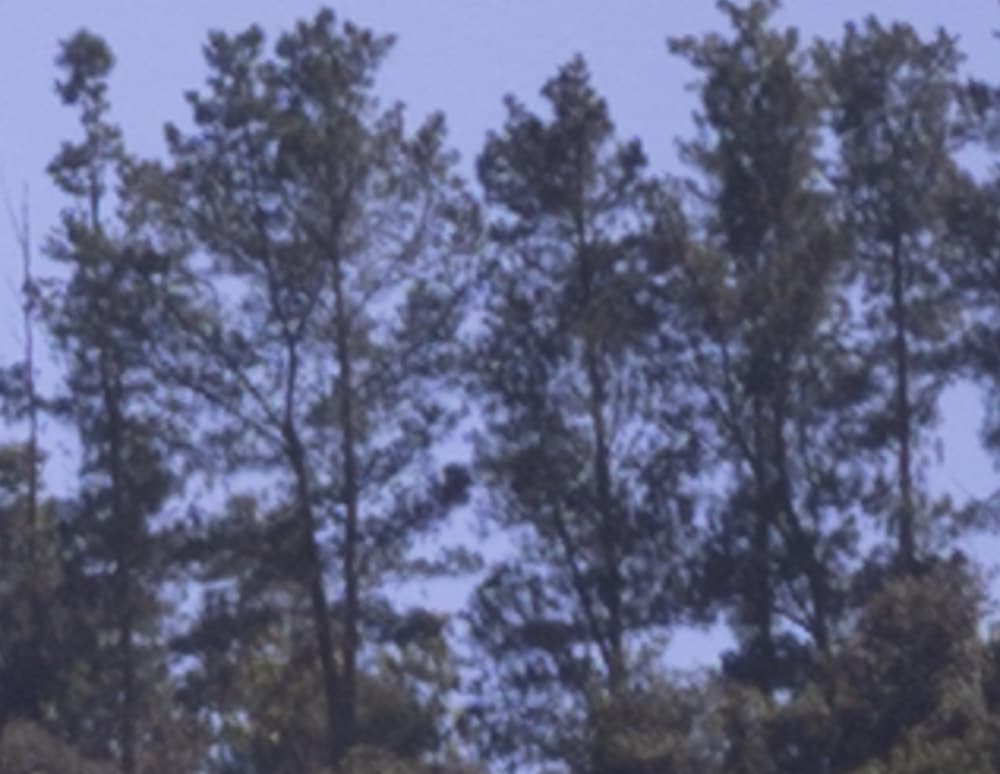
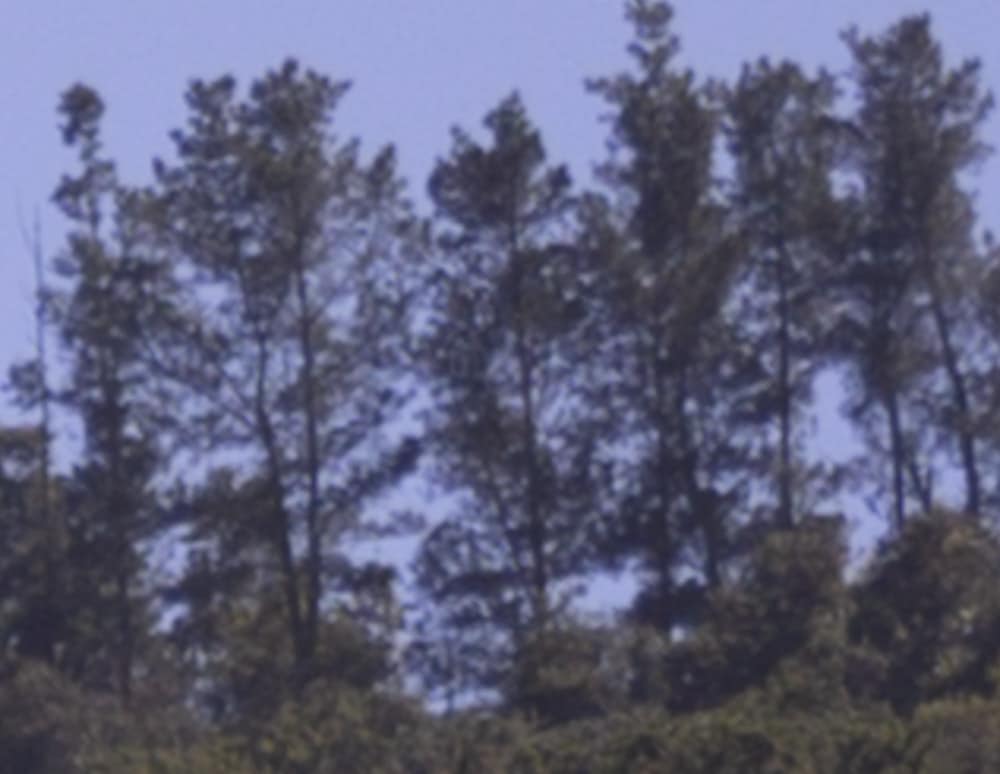
There is some light falloff at this stop with both lenses, and I have not corrected for it. The Apo-Lanthar is a bit crisper, but the difference is not striking. Note the absence of the purple fringing that plagued the Zony 55 in the previous test.
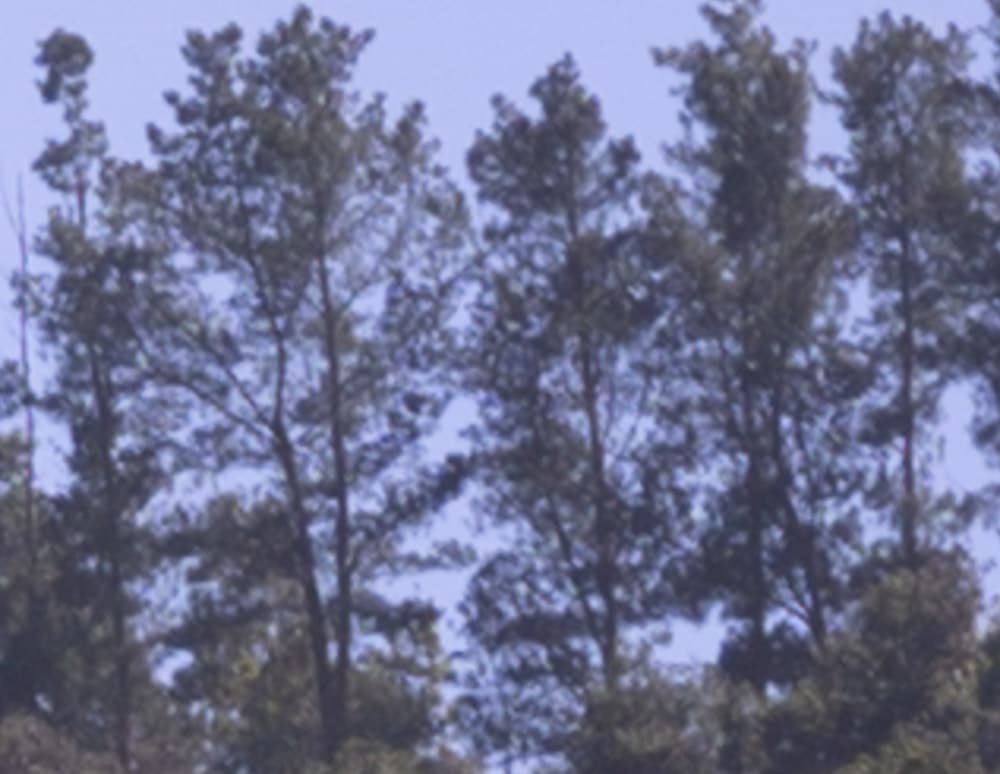
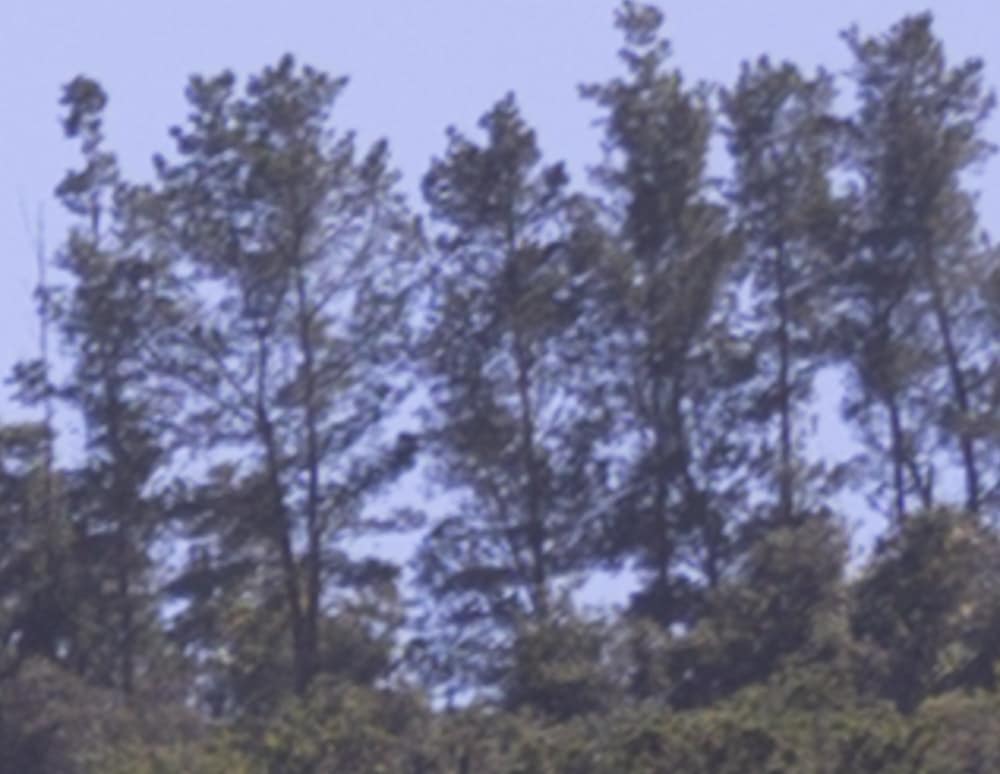
Again, the CV is a tad better.
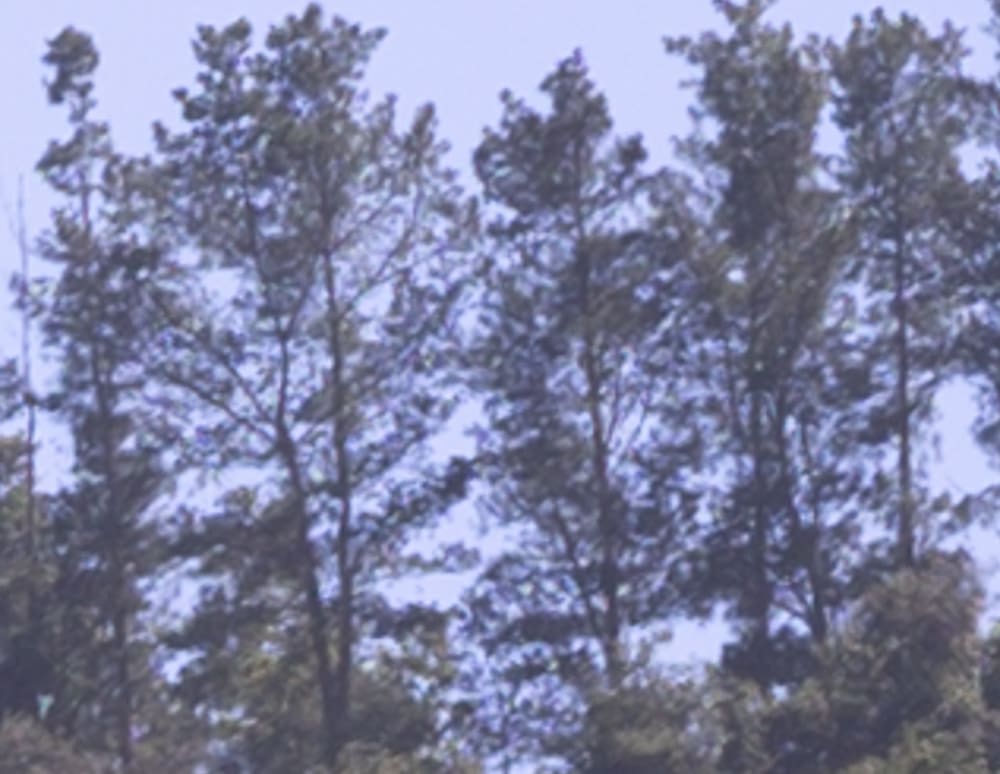
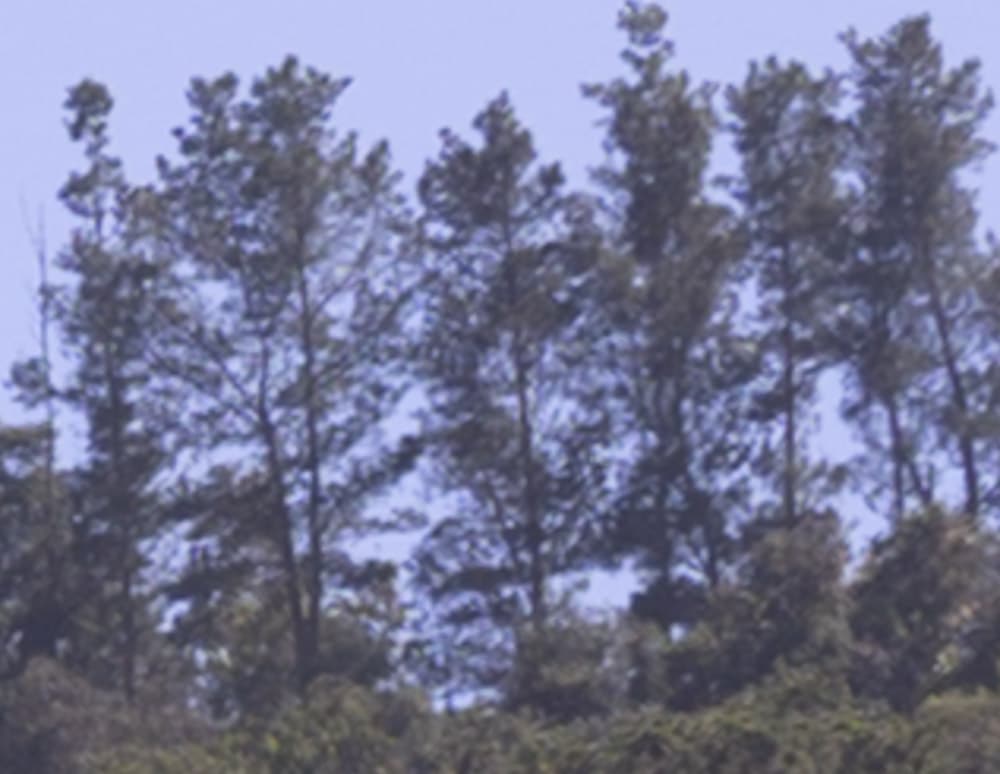
The CV is still better.
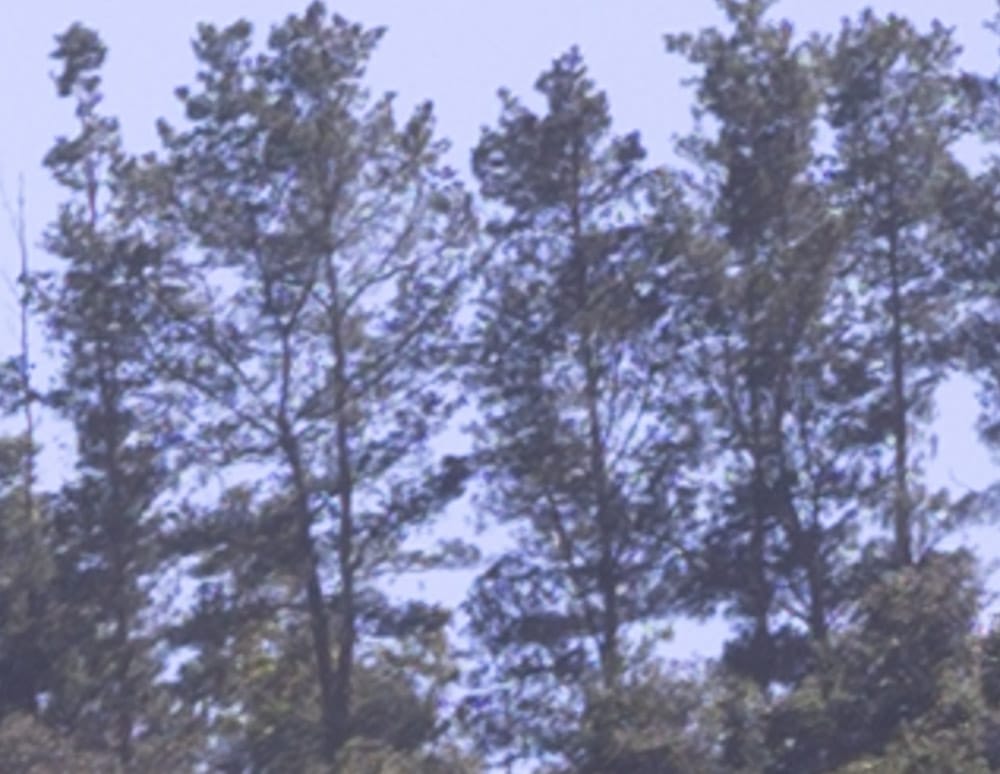
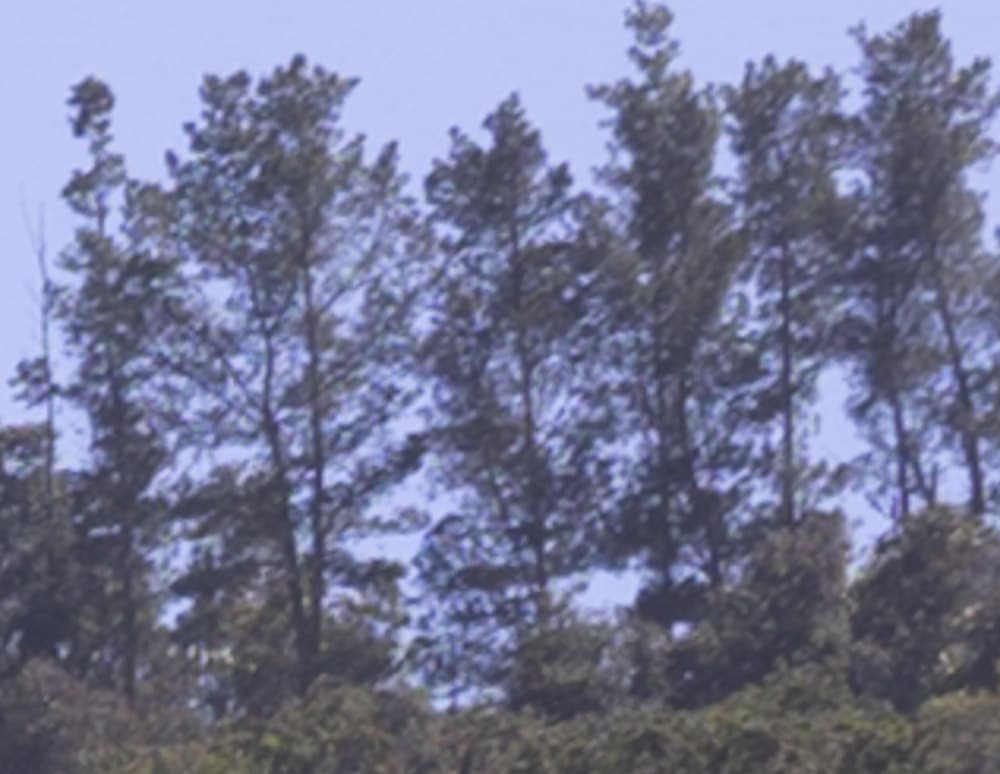
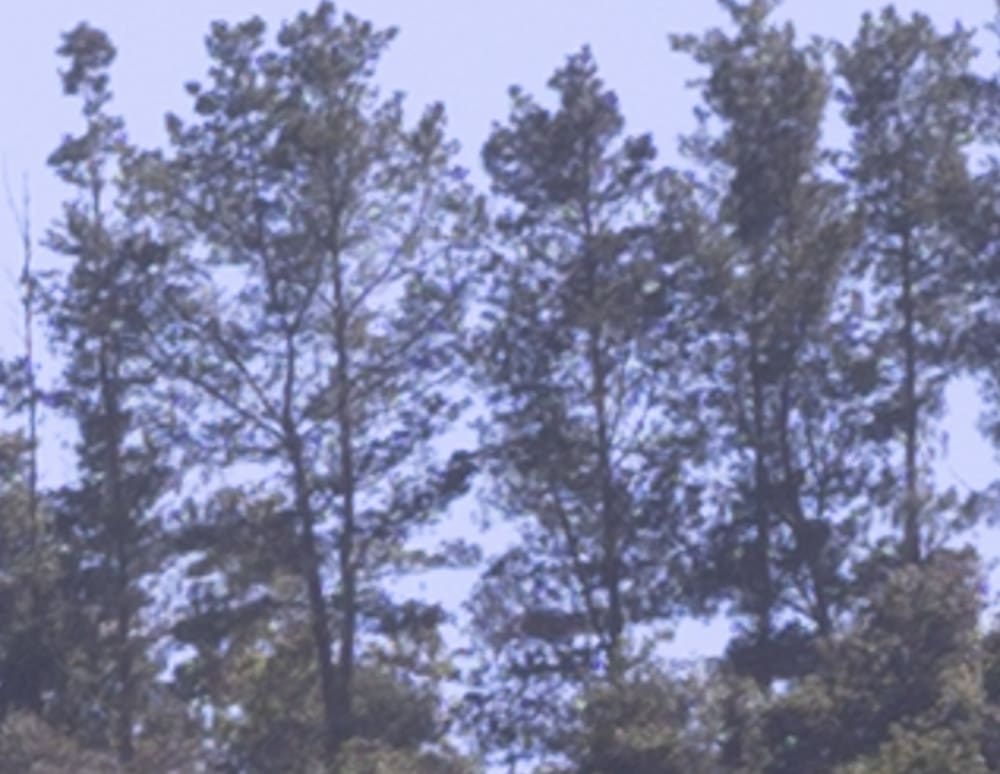
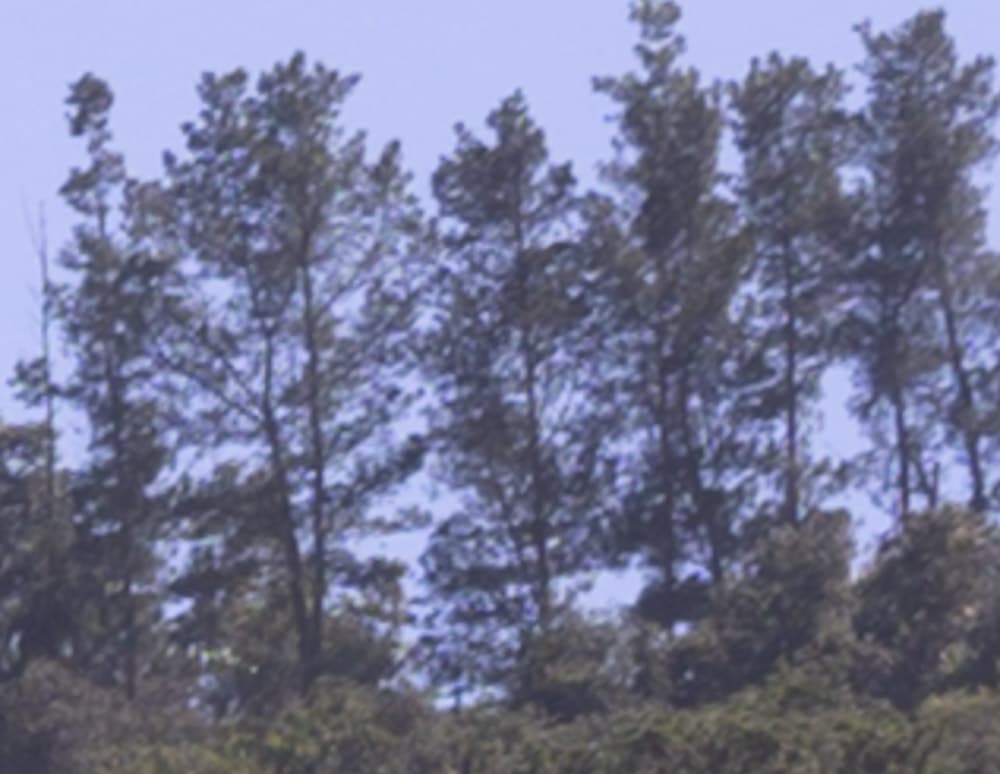
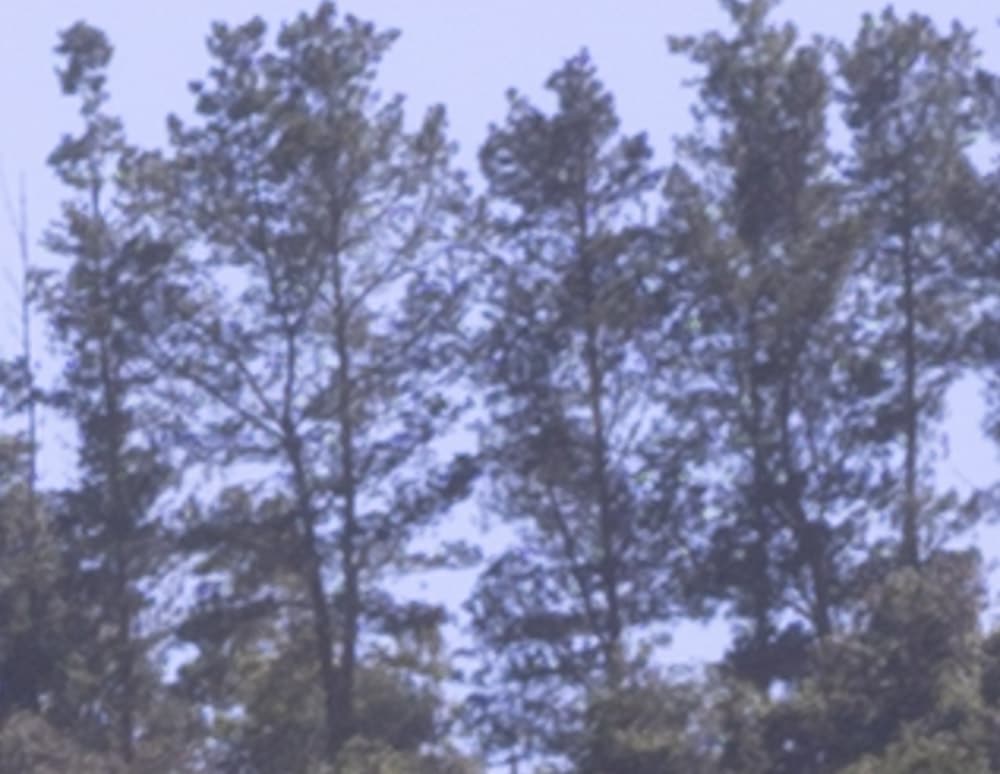
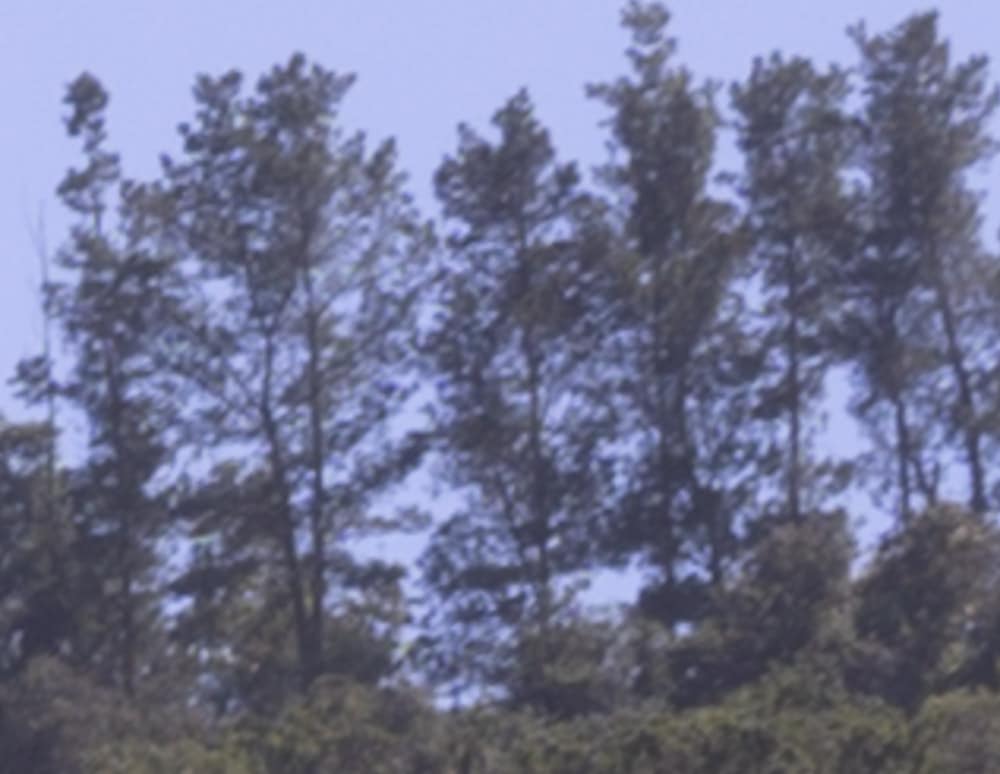
By f/11, diffraction has equalized the sharpness.
There’s not a lot of difference in this test. This is a testimony to the excellence of the Nikon 50.
Edward Wrobel says
Thank you very much Jim, gem of a lens for my Z 7.
Ed